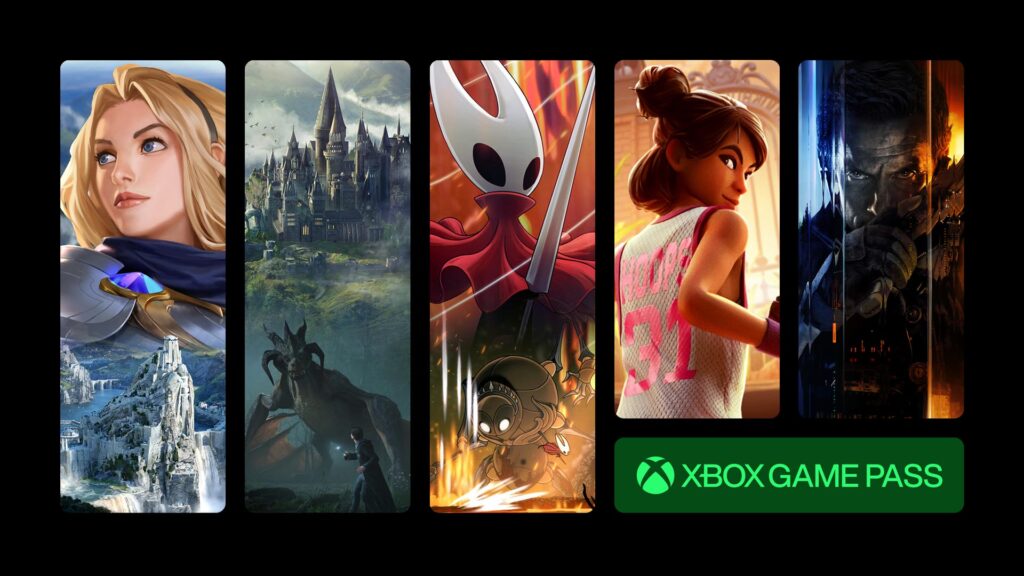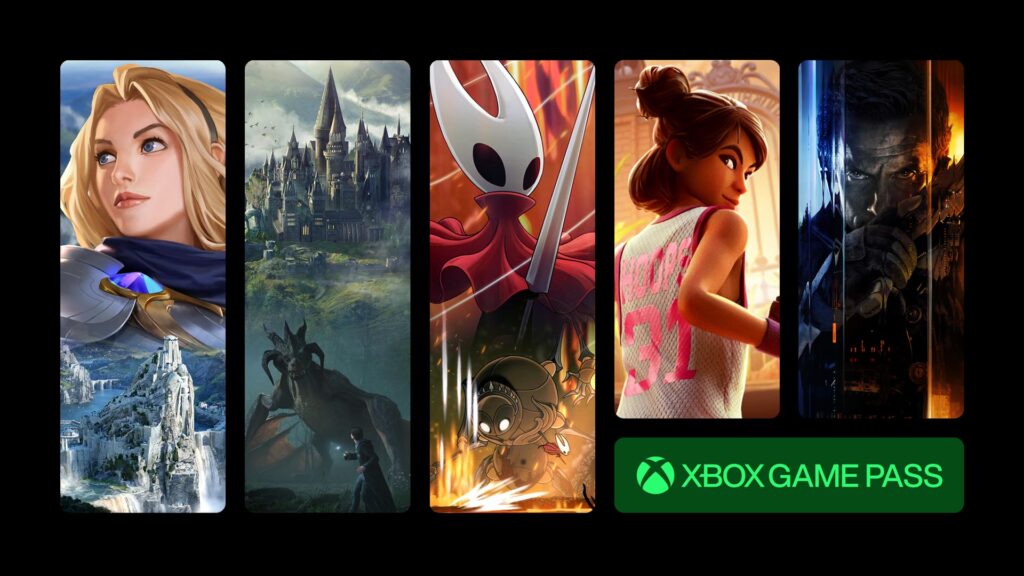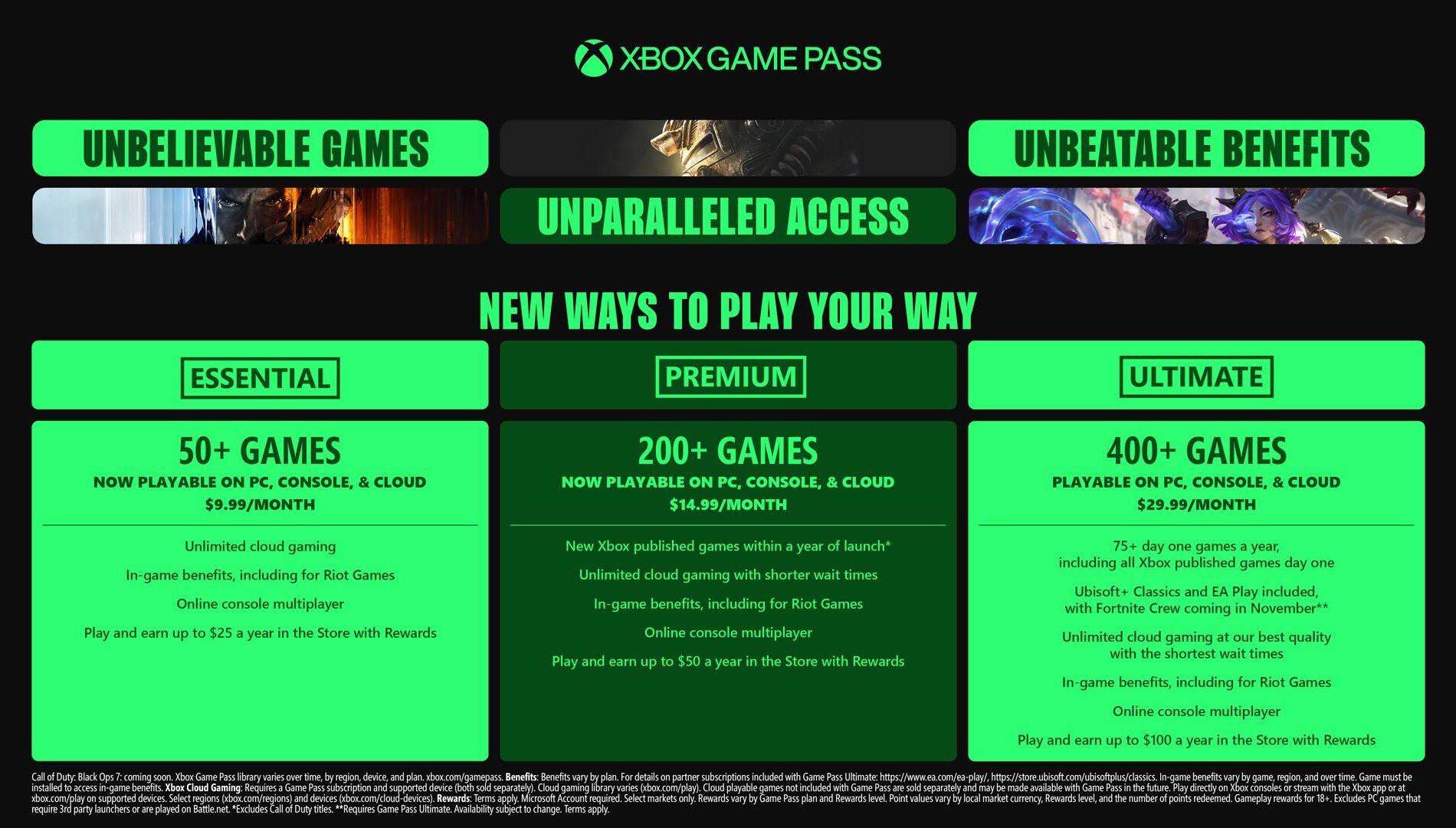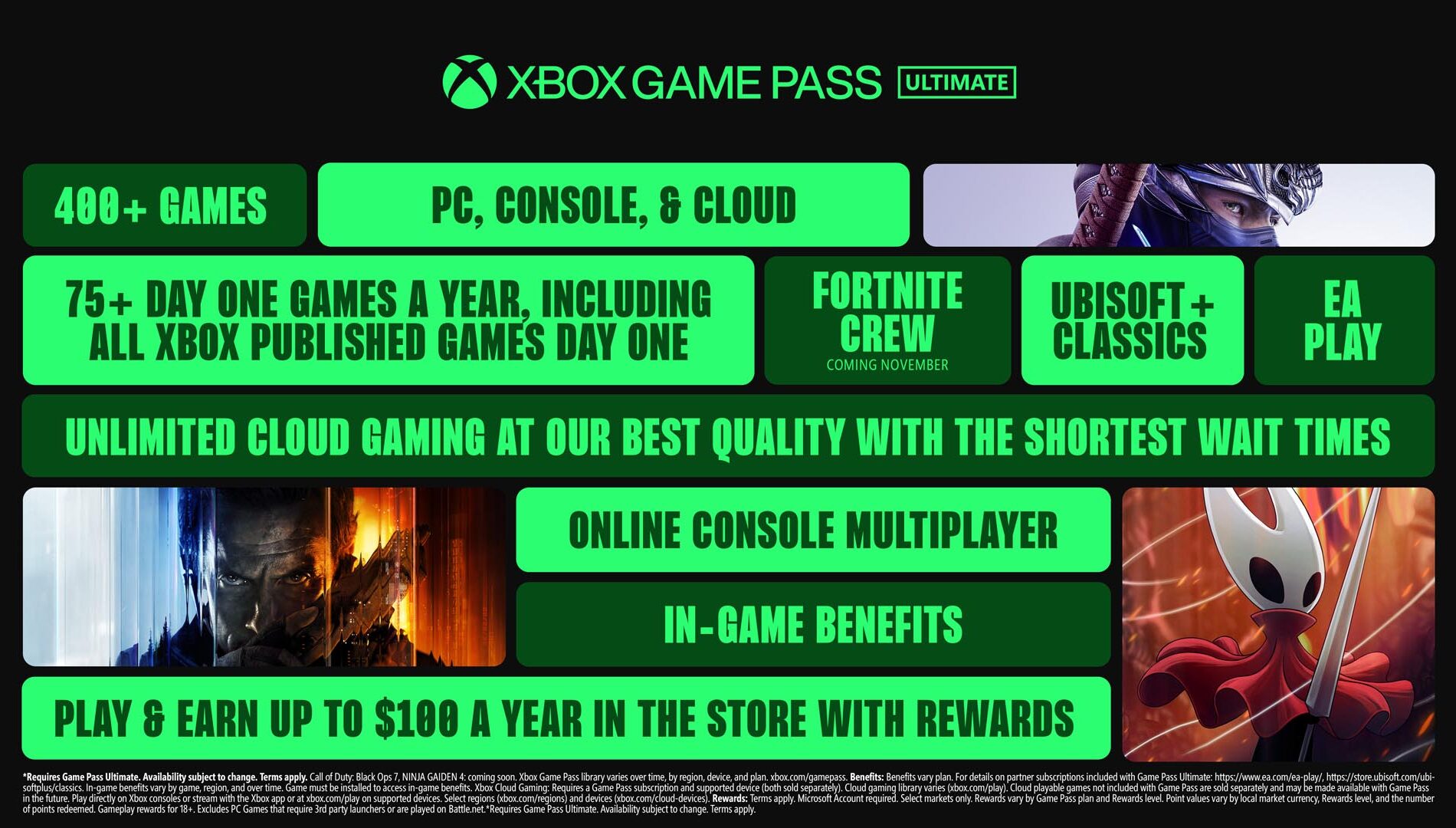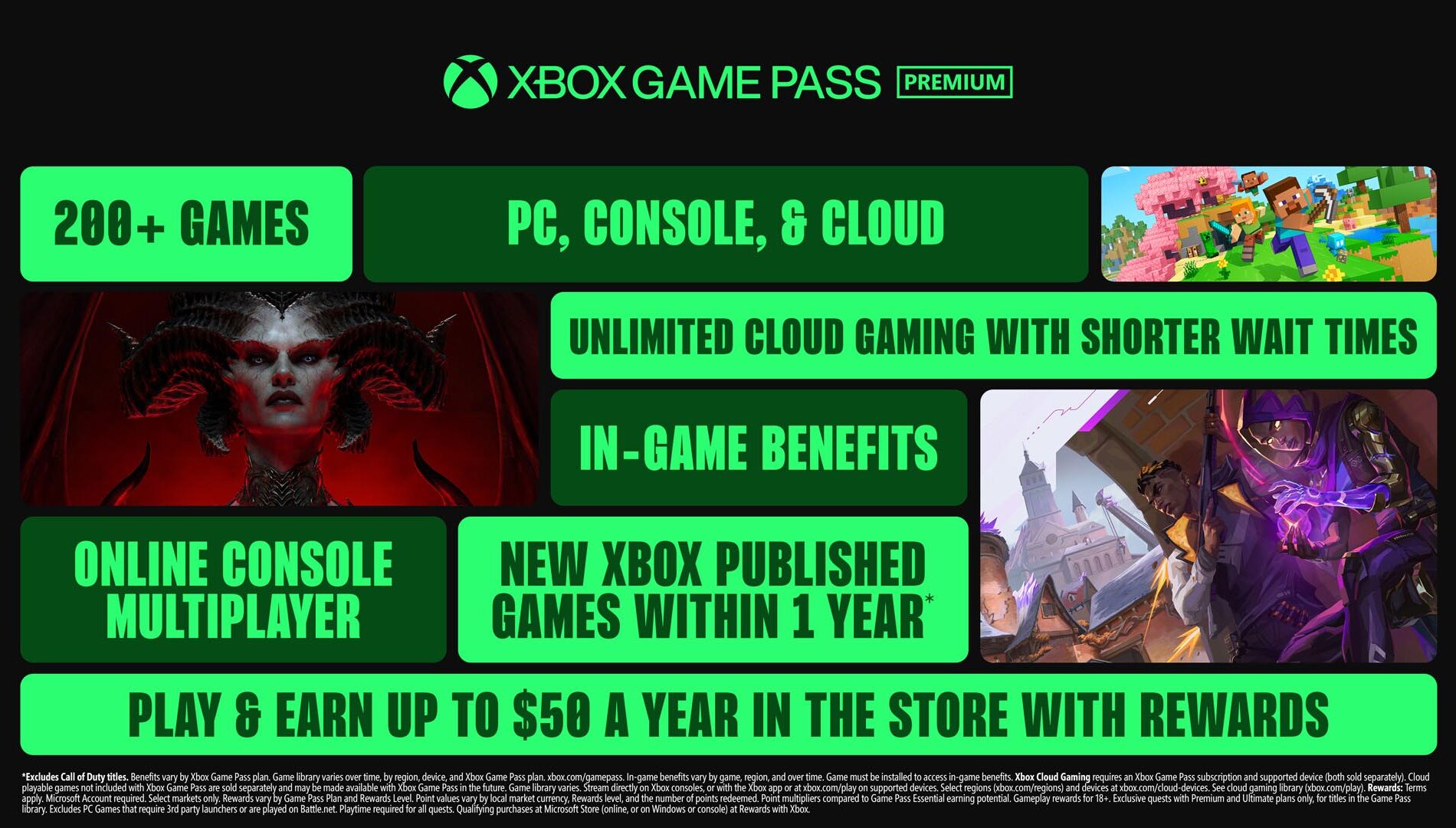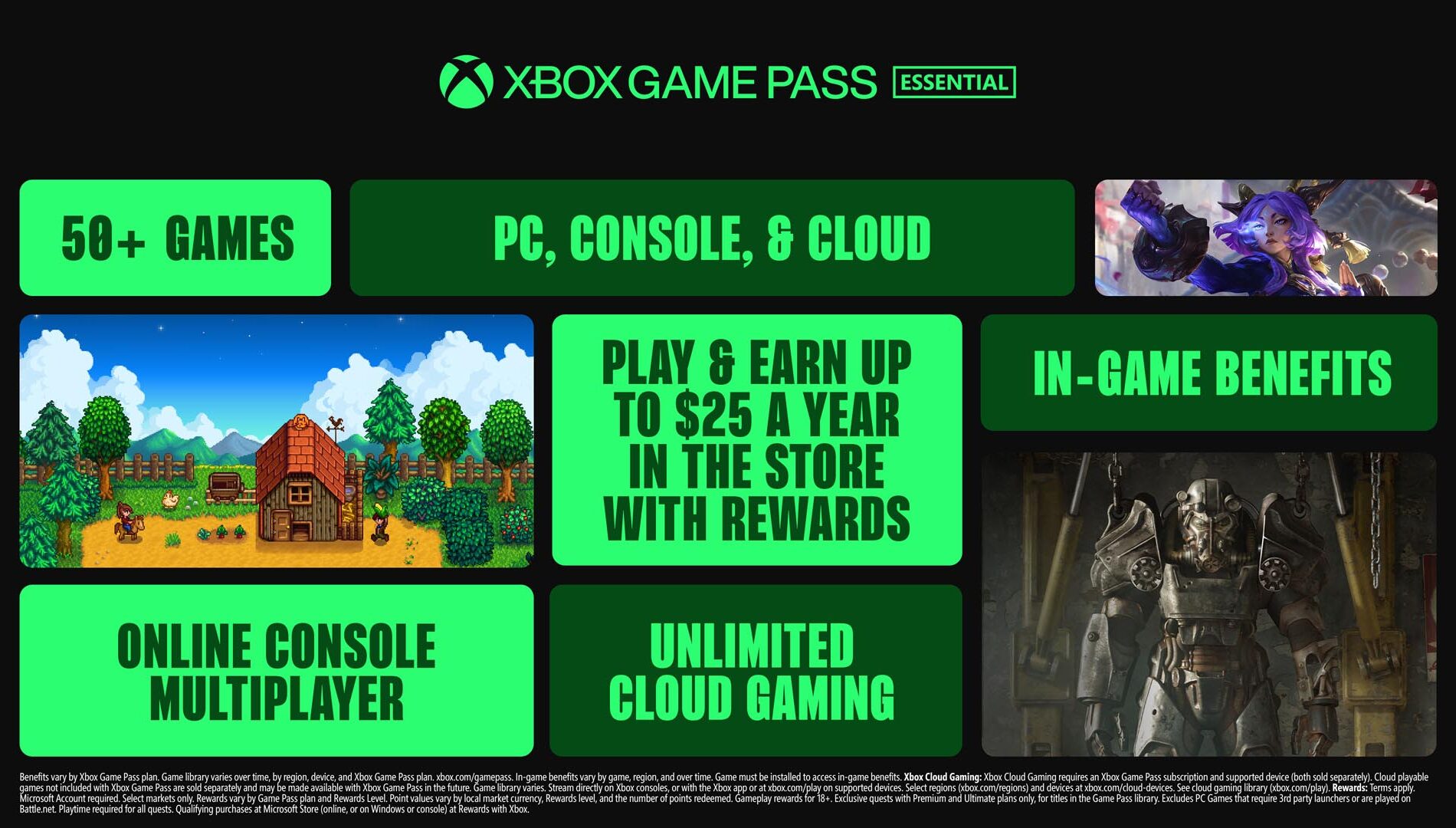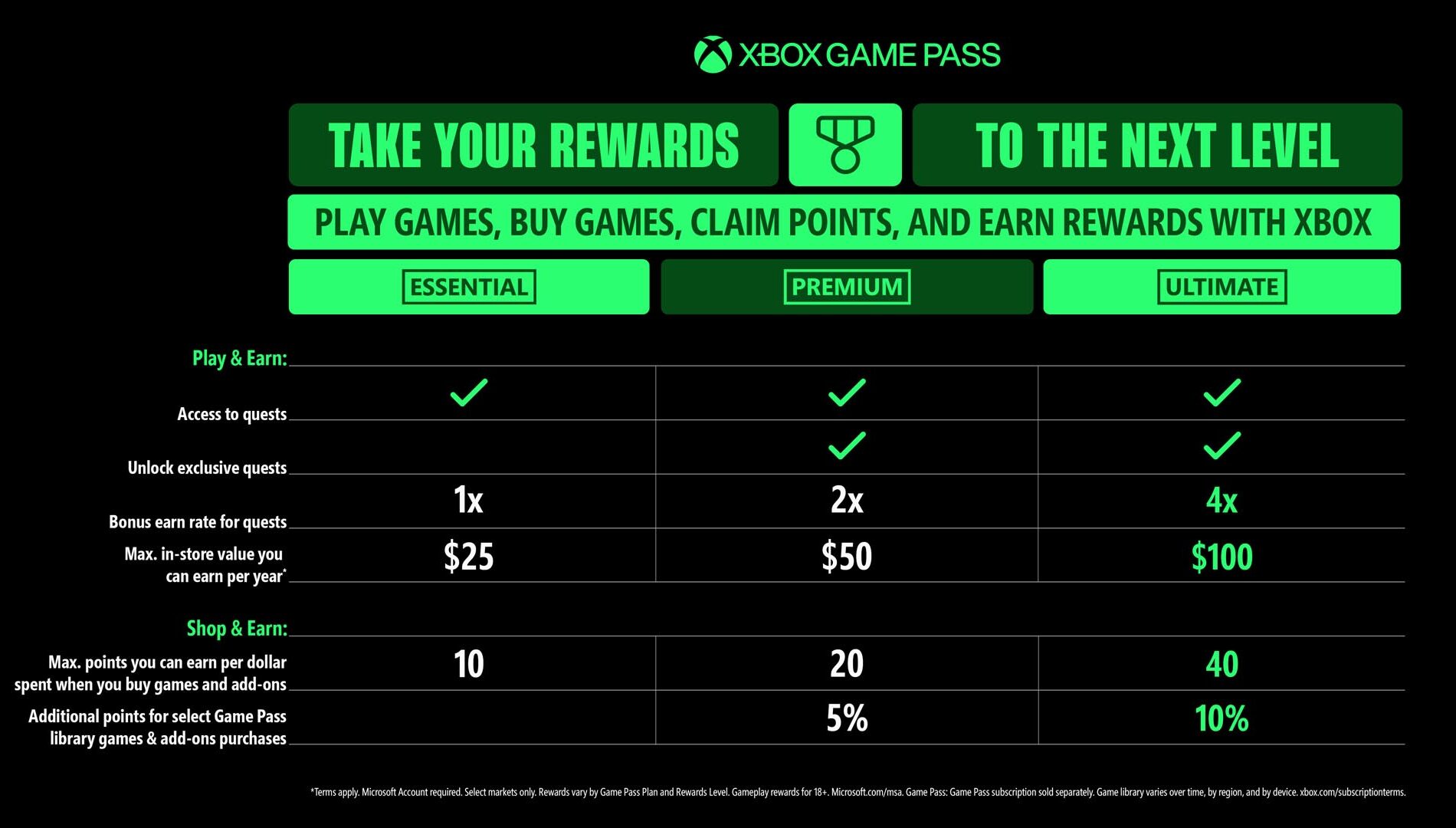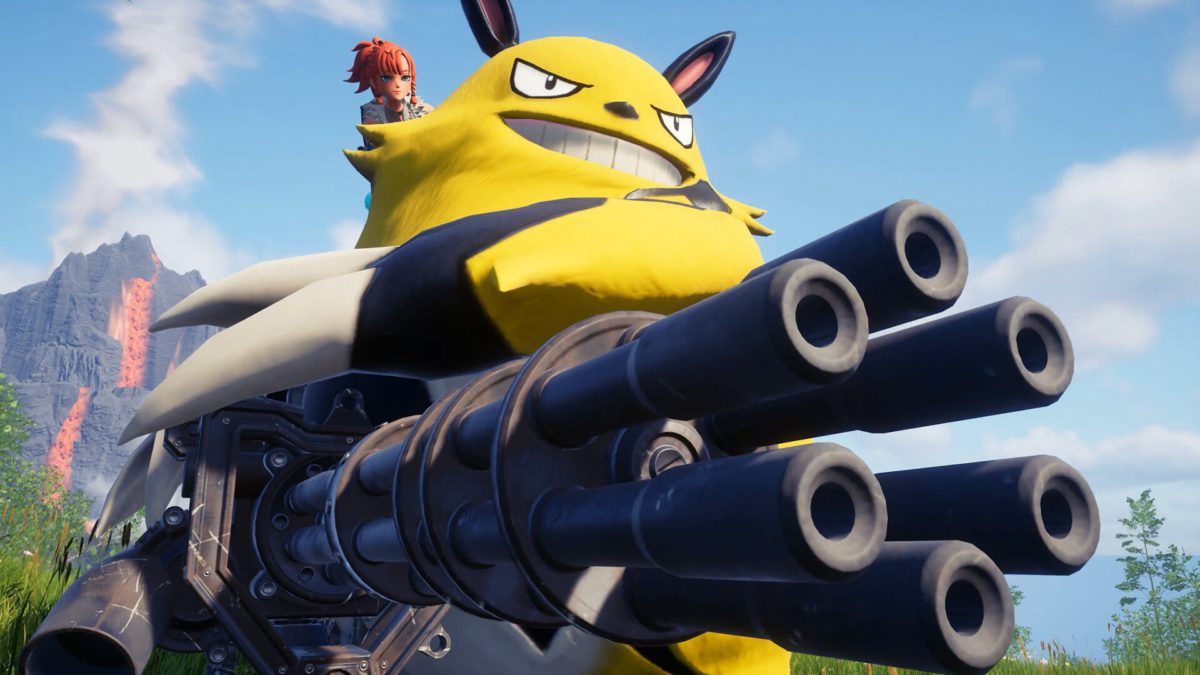
In the intro cinematic for World of Warcraft: Midnight, Lady Liadrin of the blood elves was joined by a conspicuously anonymous group of reinforcements to defend the Sunwell against this and last expansion’s big bad, Xal’atath. And it turns out there’s a reason for their ambiguous appearance: it’s us, the players. The first moments of the next chapter of the Worldsoul Saga, which I’ve played through a big chunk of on an alpha build, had me emerging at that precise moment to put a stop to this shadowy invasion. And the revamped elven kingdom of Quel’Thalas beyond was worth the abrupt summoning.
The Clock Strikes
If you aren’t caught up on the events of The War Within, Midnight is something WoW has never really tried before: a direct follow-up to a previous expansion, and the midpoint of a planned trilogy that tells a single, overarching story. And at the end of The War Within, the manipulative Xal’atath used us to knock out a godlike being called a Void Lord and slurped it up to power her favorite plot bauble, which has enabled her to launch a full-scale void invasion of Azeroth. To bring about her plans, she has to snuff out the Light itself, hence starting her invasion at the logical place, the Sunwell.
The design of the new void creatures is diverse and evocative, especially with the more powerful lieutenants, and they help sell the stakes of the invasion well. I won’t spoil exactly how this intro section ends, but Blizzard has once again done a great job using the skybox to tell a story.
I got a bit of a welcome breather once the immediate disaster was under control, though, as I was quickly shepherded into the new expansion hub of Silvermoon City. This was an awe-inspiring homecoming as someone who has followed the story of this elven kingdom since Warcraft 2 and would call myself kind of a Thalassaboo. The reimagined version is so much larger, richer, and more dense than the one that’s been around since 2007. Quel’Thalas, and the adjoining troll kingdom of Zul’Aman, are also now fully, seamlessly connected to the Eastern Kingdoms, finally letting us fly across the entire continent without entering a different instance.
Where once the Dead Scar left by Arthas tore the city in half is now the Path of Dawn, a highway stretching all the way across the zone and through the capital. Only small remnants remain of the undead corruption and mana addiction that once plagued these lands. What were once the gloomy Ghostlands are now folded into the larger Eversong Woods zone, with the eternal light having returned to all but the furthest corners. It’s been one of my favorite zones since The Burning Crusade, and I was thrilled to come back and see it bigger, healed, and thriving.
Summit of the World
In the city itself, most of the real estate is now a faction-neutral expansion hub with all of the vendors and services you’d expect. The Bazaar has been extended across the Path of Dawn to form a new city center, anchored by our command HQ in the war against Xal’atath – the imposing Sanctum of Light. What was once the Ruins of Silvermoon sub-area on the western side has been completely rebuilt with two lovely districts: Falconwing Square, new home of the Farstriders, and Thalassian University, a gleaming college of magic that’s also the setting of one of the new delves. Murder Row, representing Silvermoon’s shady back alleys, is also tweaked and now part of the faction neutral area.
Around a quarter of the city is still a Horde-only zone, taking up the remixed Path of the Elders, Royal Exchange, and Court of the Sun areas from old school Silvermoon. The old Farstrider Square has sort of been folded into the latter two, with the Exchange leading right up into the Court of the Sun, but there is also a new subdistrict on the Southeastern side called the Court of Blood, where all of the Blood Knight stuff has been relocated. The Sunfury Spire, center of the kingdom’s government, is now a floating tower above the city that is also restricted to Horde only.
Alliance players who enter these areas will get a 10-second grace period before all the guards become hostile like any other faction capital, but this aggro can be cleared instantly by re-entering a sanctuary area. Overall, I’m pretty satisfied with the balance of cross-faction to faction-specific areas, even if it feels like maybe we should be ready to bury the hatchet at this point. The tensions between the visiting Alliance and their Horde hosts play out in the opening hours of the story, which makes for an interesting political drama.
Blinded By the Light
The first conundrum we’re sent to solve in Quel’Thalas is an odd and unexpected one, having just come from beating up a bunch of void baddies. It seems that the reignition of the Sunwell has also caused areas called Lightblooms to pop up, which have become overgrown with life and brightness. In fact, the entire zone looks a bit washed out, with an altered color balance that makes it feel like someone has turned a floodlight up too high. The ongoing story of WoW has long hinted that Light can be just as dangerous as Void if you have too much of it, and it seems like we might be dealing with both this expansion.
This issue becomes even more dire in the first of Midnight’s delves, Collegiate Calamity, which takes us inside Thalassian University where the Lightbloom has gotten out of control. Compared to The War Within’s delves, it felt quite short, but I was playing it on a fairly low difficulty. On the other hand, it feels much more like a connected area, similar to a lot of WoW’s best dungeons, as opposed to several War Within delves that were caves with no real sense of place. You can see the rest of Silvermoon in all its glory from the upper terrace, which really helps situate it as part of the world and the story.
Replacing the cheerful Brann Bronzebeard as your delve companion is the ruthless Valeera Sanguinar, a blood elf assassin who still dresses like every female video game character did in 2007. She’s pulling it off, though. I like the new cape. I’ve only found a couple of her curios so far, so it’s hard to say how she fights, but the tone is very different when you’re running with a femme fatale edgelord instead of a happy-go-lucky explorer. The change of pace is kind of nice. I don’t know if we’ll be BFFs, but stranger things have happened.
In Shadow I Serve
We haven’t been able to play the new Haranir allied race yet, and Midnight isn’t adding any new classes. But it does include a whole new spec for the Demon Hunter, the Devourer, using the Void to fuel its powers rather than demonic energies. Thematically, it’s a very cool idea with a lot of grim reaper vibes and a rotation that encourages getting into melee for a bit, then getting some distance, and repeating that dance. If you’ve played a Red Mage in Final Fantasy XIV, it’s kind of similar. The best part about Demon Hunters has always been how much their fighting style relies on movement, and that’s still true here.
As for my trusty Marksmanship Hunter, it’s hard to compare apples to apples when this is still an alpha and my character on the test server is hilariously undergeared compared to my retail main, but it doesn’t feel vastly different, at least in single target. I did my best to recreate my talent build as close as possible to how it is on the live version, and the biggest thing I noticed was that cast time reduction for Aimed Shot is much harder to come by, which slows down the tempo of my rotation quite a bit. The Sentinel hero talents have also seen a significant rework, as have our main multitarget damage-dealing abilities. We’ll put a pin, or an arrow, in that.
Homecoming
The biggest feature coming in Midnight is definitely player housing, and I was thrilled to discover how powerful the tools for customizing my own little abode in Azeroth are – from the floor plan, to the decor, to the walls and flooring. It seemed like adding multiple levels was a little bit buggy in this build, so I didn’t get to mess with that much. But everything else works great.
The Horde neighborhood of Razorwind Shores is triumphant, with everything from a blooming desert to rocky bluffs to tropical islands to a rugged pine forest. I do think the Alliance might be getting the short end of the stick here, though. Their neighborhood of Founder’s Point seems really one-note in comparison. It’s mostly just a sweeping, green fairy tale forest with a couple areas featuring different kinds of trees, one being mildly spooky.
There’s still a lot of the Midnight alpha for me to see. Try as I might, they wouldn’t even let me into the mysterious realm of Zul’Aman! But having played it basically every waking hour since I got access, which was about 10 hours ago as I write this, I am certainly impressed with the new zones and the customization housing allows, and I’m excited to see where the story of the Worldsoul Saga goes next. World of Warcraft: Midnight is due out some time next year, but housing will be rolling out to anyone who owns the expansion in December.

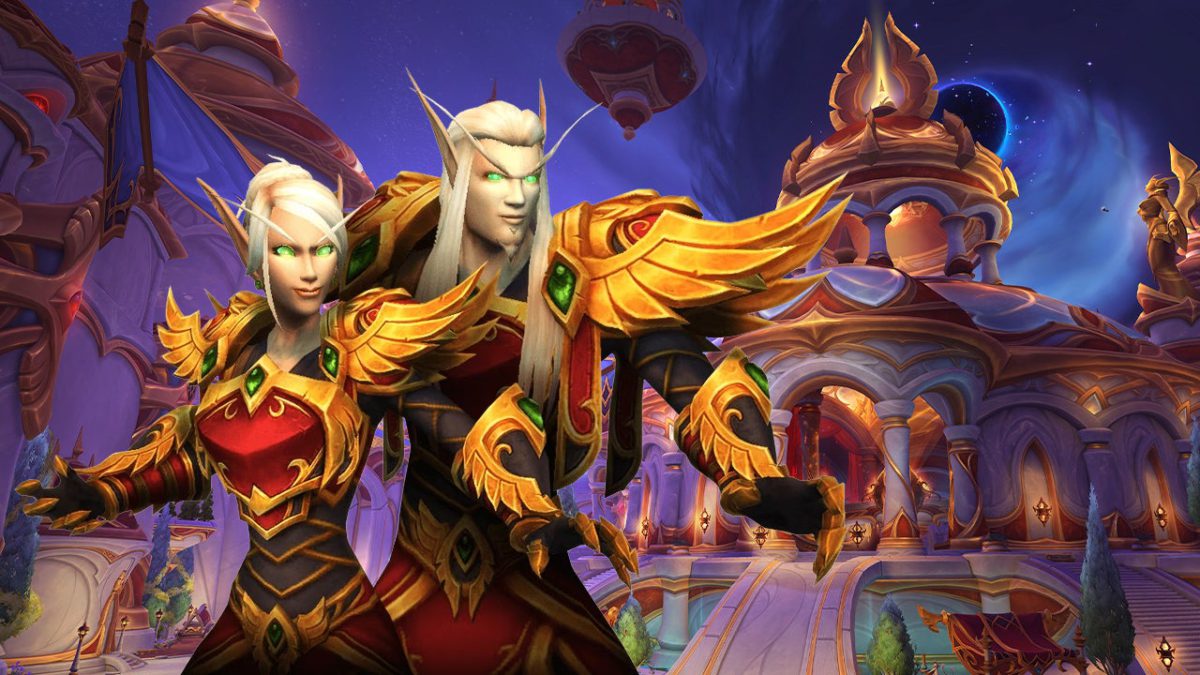
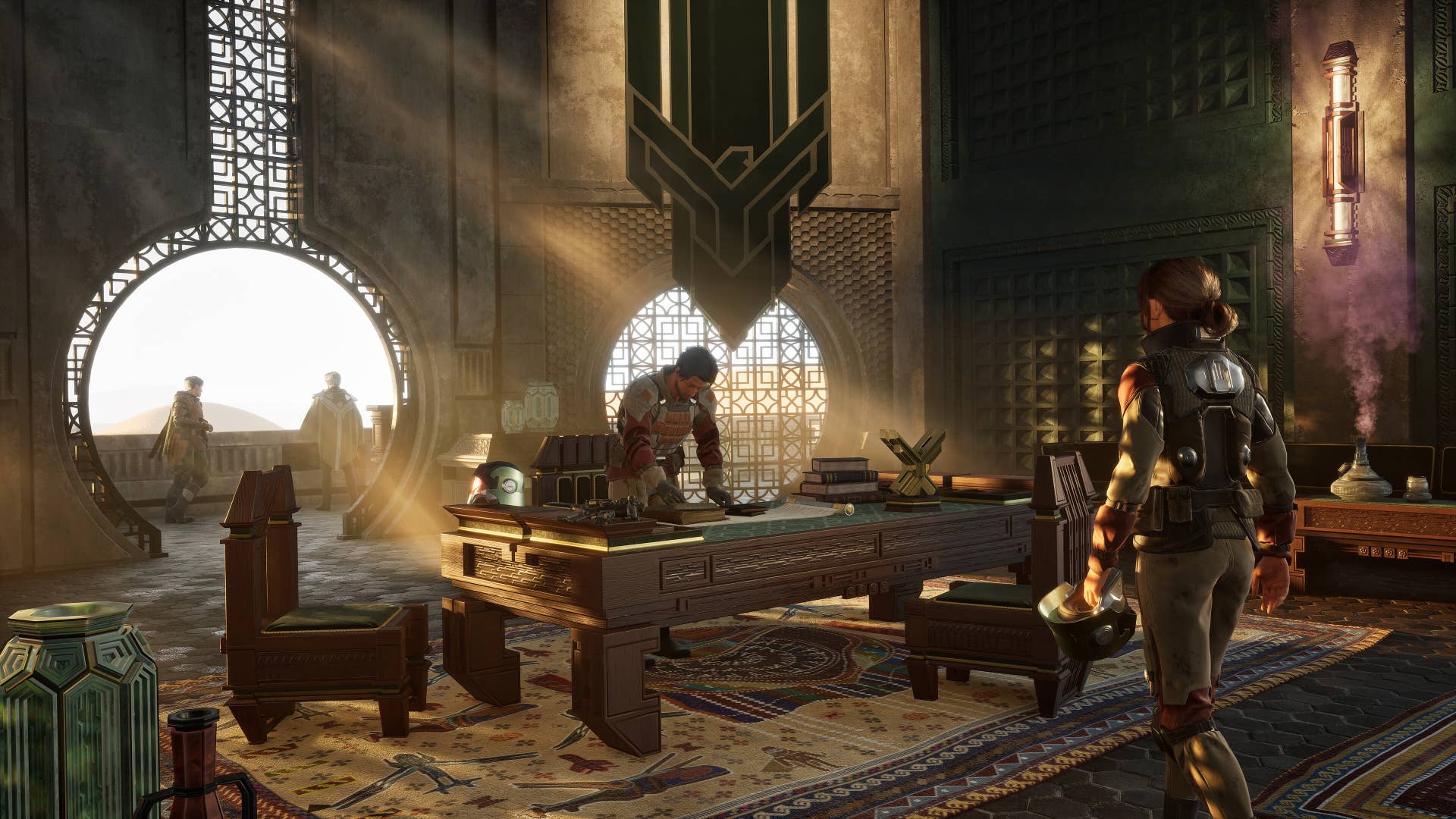
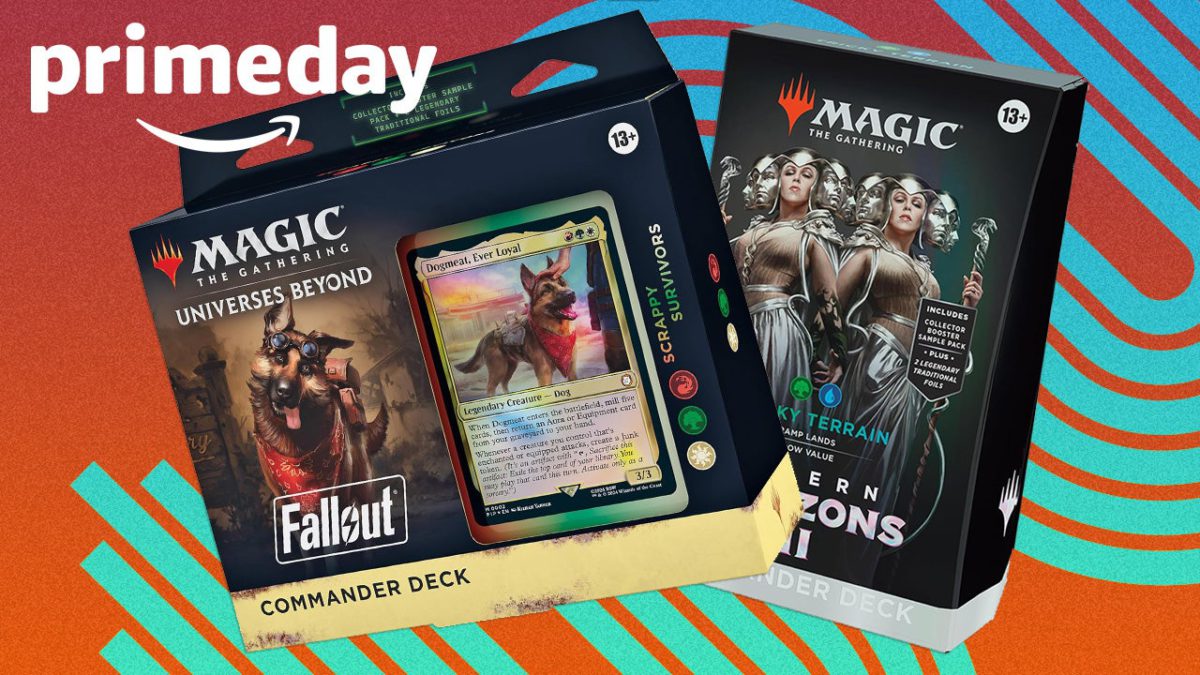

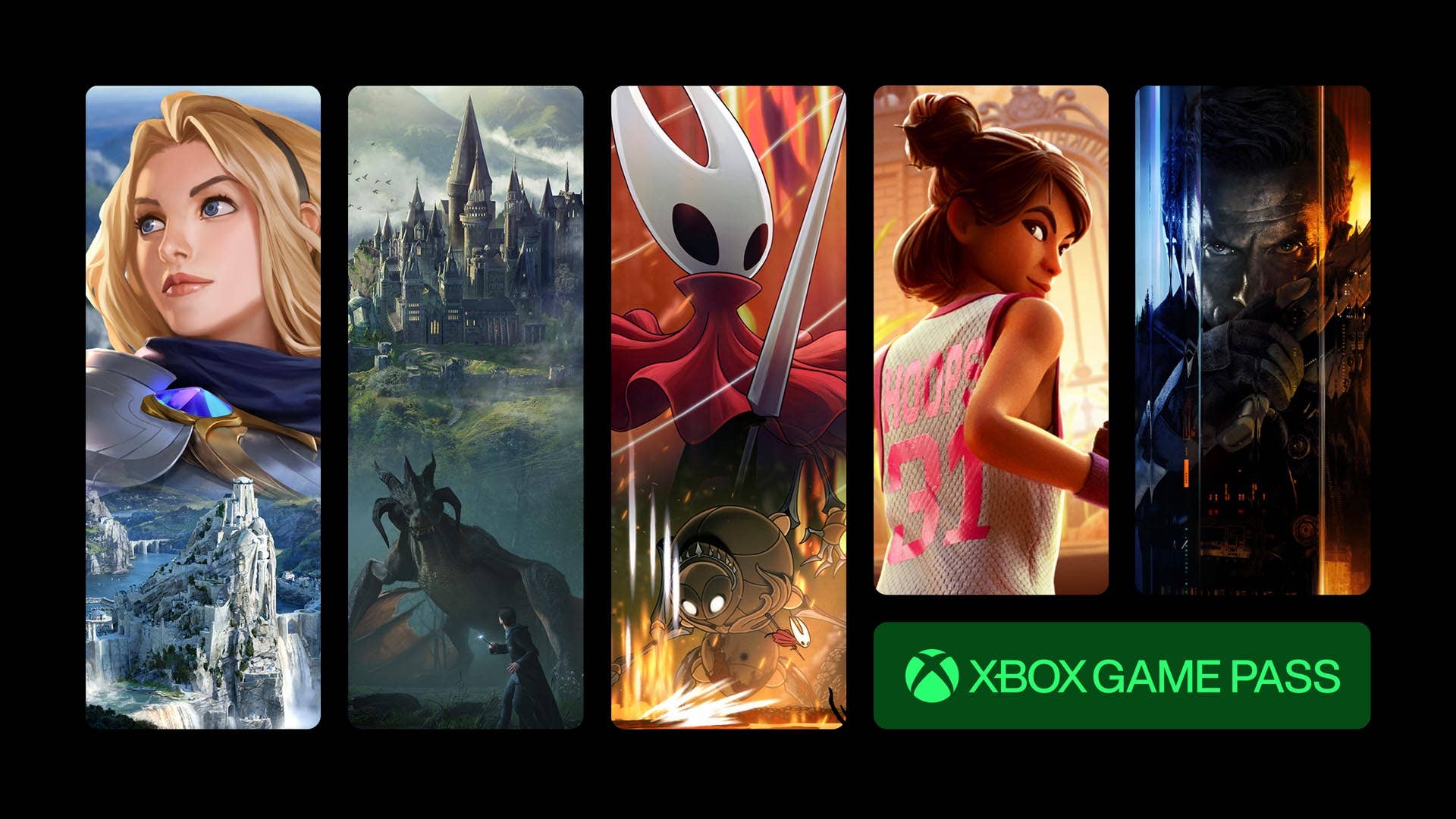
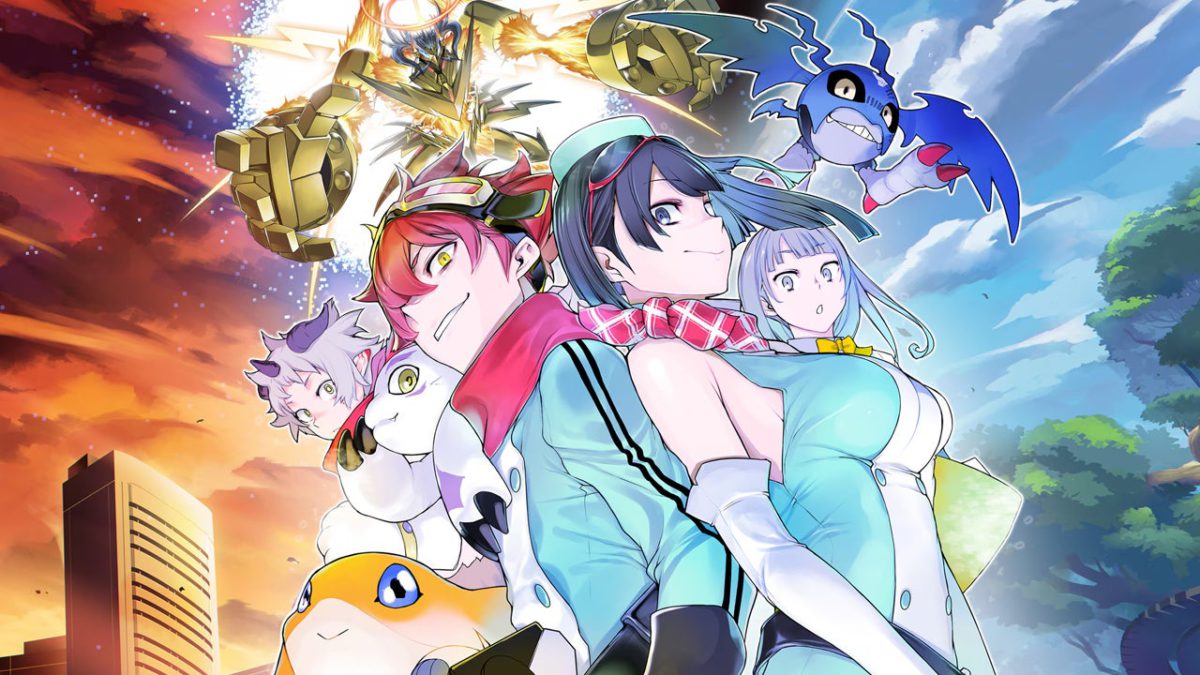

-(1).jpg?width=1920&height=1920&fit=bounds&quality=70&format=jpg&auto=webp)
